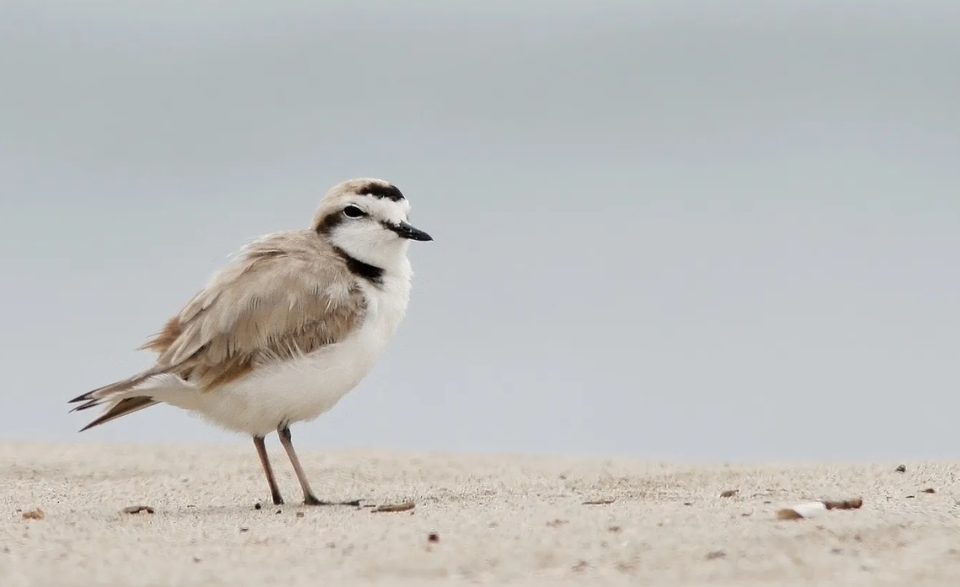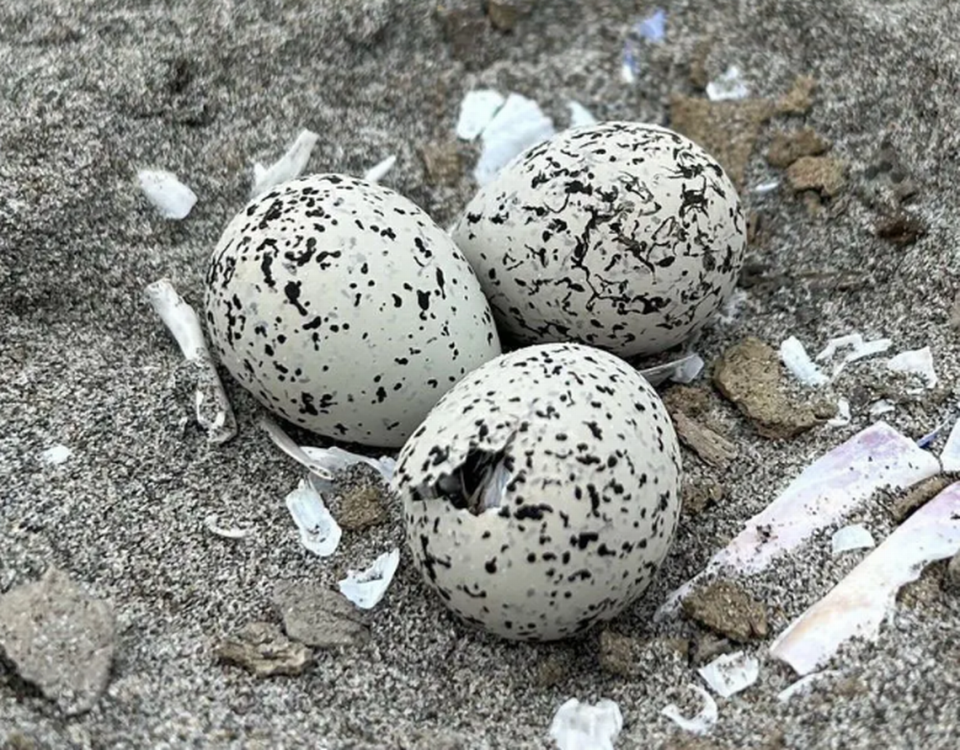Driver ignores signs and runs over threatened species’ nest on beach, WA officials say
A driver ignored signs when they drove through dunes on a beach in Washington and ran over a threatened species’ nest, officials said.
Now, wildlife officials are warning others to pay attention to signs posted at beaches.
The driver destroyed a western snowy plover nest at the Grayland Beach State Park in Pacific County, the Washington Department of Fish and Wildlife said in a June 13 Facebook post.
One egg was completely smashed and another egg was left “cracked and non-viable,” wildlife officials said.
“Quick reminder that if you see signs saying not to drive on the beach … please don’t drive on the beach,” officials said in the post.

What to know about the western snowy plover
The small shorebird is about 6 inches long with brown or grayish coloring and a white underside with a black bill.
It has been listed as an endangered species at a state level with fewer than 100 breeding adults in Washington as of 2023, the wildlife agency said.
Snowy plovers were also listed as threatened species under the Endangered Species Act, according to the U.S. Fish and Wildlife Service.
Because of its small population, the birds are vulnerable to threats, including predators, weather, beach erosion and recreational activities.
To keep their eggs protected from predators, the birds lay speckled eggs that help camouflage them in the open sand.
They also spend “their entire lives between the dune line and the high-tide line,” officials said.
This makes it particularly important for beachgoers to pay attention to signs and closures on beaches that warn of nesting areas, so the western snowy plover and their nests are not disturbed, per the Washington Department of Fish and Wildlife.
They breed from mid-April to mid-September.
The snowy plover breeds along the Pacific Coast from Washington to northwestern Mexico, officials said.
However, in Washington, they are only found in Pacific and Grays Harbor counties, officials said.

Group illegally drove over protected beach home of threatened species, CA officials say
Men off-roading in Death Valley — and truck sent to help — get stuck in mud, rangers say
Driver gets stuck in mud on closed Death Valley road, photo shows. Rangers warn others


